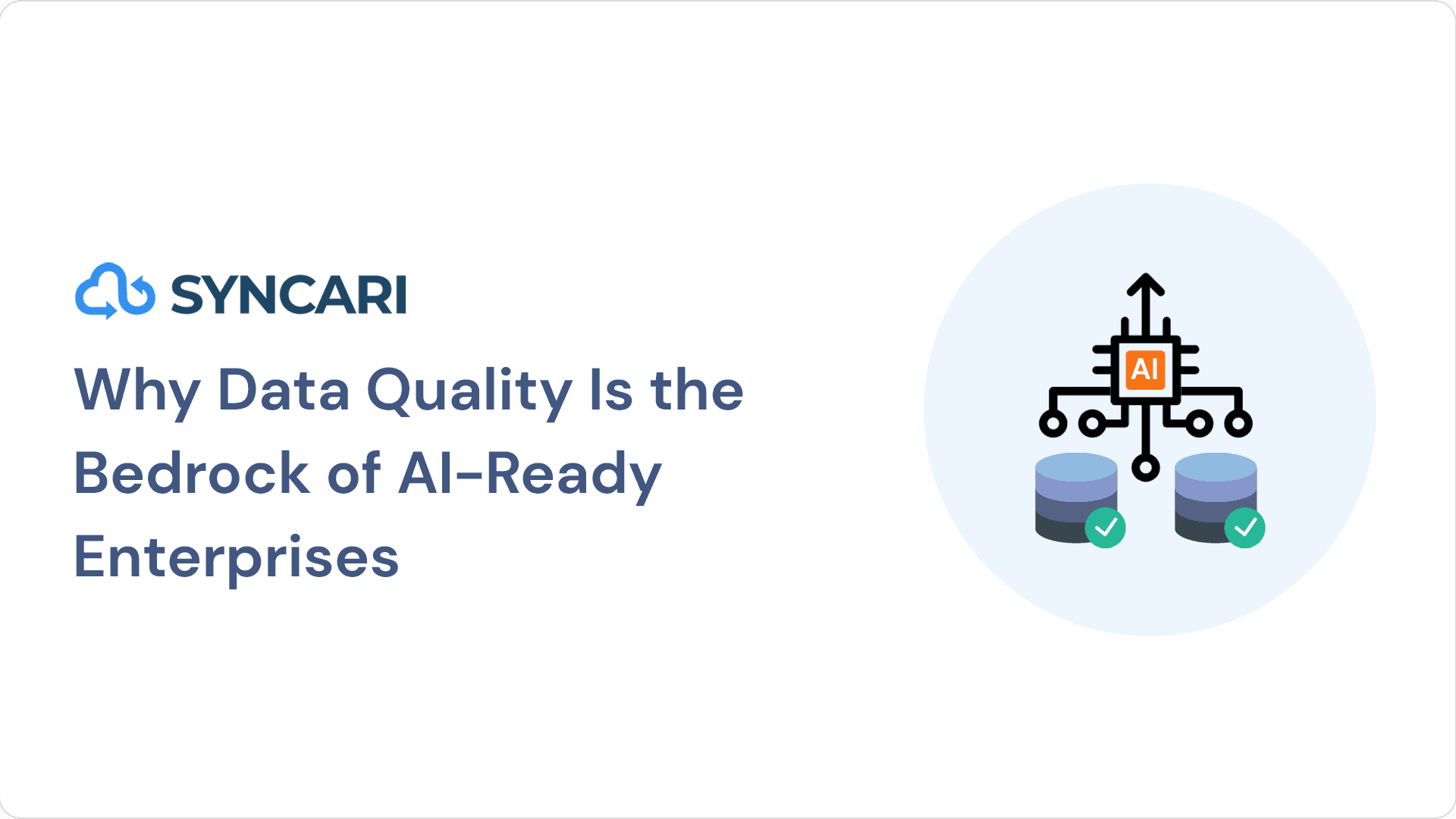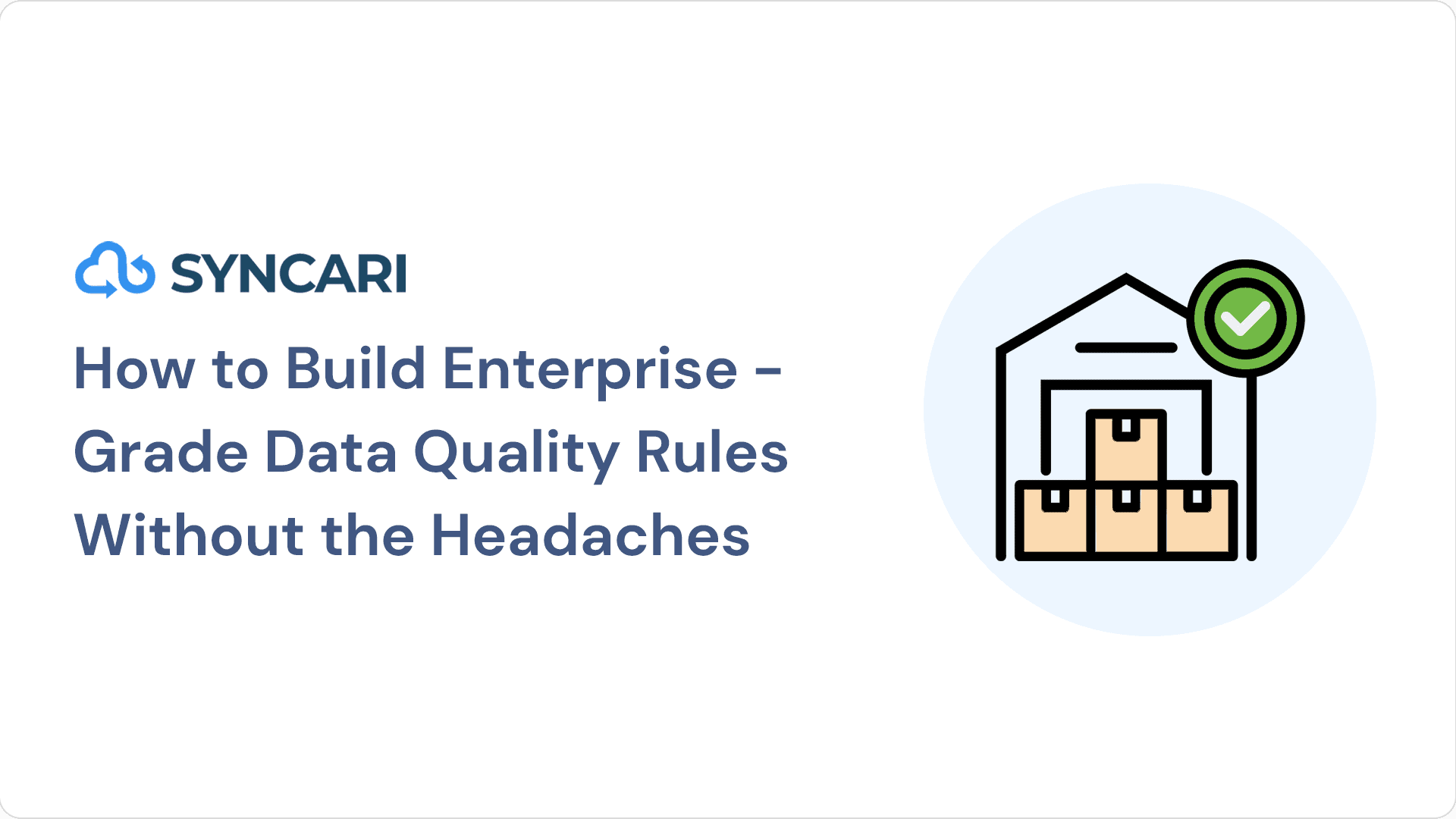If bad data were a plague on business, it might rank somewhere between The Great London Epidemic and The Black Death. Bad data costs companies an estimated 15 percent of their revenue according to Gartner. Only 16 percent of managers trust their data, and system-specific AI is causing companies’ ecosystems to wobble dangerously out of control. It’s a big concern as we enter the 2020s, and almost all of the trouble has to do with a simple quirk in the way most companies have agreed to use APIs.
All this became clear to me after leaving Marketo, where I spent seven years as EVP of Product and where I had the good fortune to have been part of the brilliant team that put together Marketo’s Sync to CRMs like Salesforce and Microsoft Dynamics. Back then, we were working with a novel insight: Users didn’t care how it worked. They wanted us to figure it out. Marketers, in particular, didn’t want to talk to their IT team. They didn’t want to think about which fields mapped to which or how conflicts were resolved. They just wanted to enter their CRM credentials to start sending emails so they could achieve their true purpose: Earn a seat at the revenue table. So, we built a powerful, bidirectional sync for maximum convenience.
“Nobody was thinking about data quality back then. It was just, do these systems connect?” — Phil Fernandez, Marketo Co-Founder
For the better part of a decade, Gartner’s Magic Quadrant listed that sync as one of Marketo’s top competitive advantages. It still is. Even when a competitor was acquired by Salesforce, they couldn’t build a more intuitive integration.
Fast forward to my next company, Aptrinsic, where once again, we needed to build a Salesforce integration and once again, we had to start from scratch. People advised us to use cloud connectors and infrastructure tools (known as iPaaS), but those would have inconvenienced customers and in some cases, doubled the cost. Once again, out of empathy for the user, we built it ourselves and wondered, if data is so important, why doesn’t anyone offer a way to make true syncing easier?
The question of data quality
Looking back, I realize that Marketo’s integration was different because we were solving the problem of data quality. We weren’t trying to connect systems, we were trying to make sure marketers had good data. The sync was incidental to ensuring that their CRM and marketing systems agreed. That was then. Today, companies have 12 to 15 apps hooked into their CRM and the ideal of unified data seems even more distant. All those systems offer their own custom point-to-point connections which sometimes only flow one way. None have the intelligence to move data in accordance with its true purpose — to power the business.
This is more than an academic exercise. Jumbled connections are a chief cause of the $3.1 trillion lost to bad data each year.¹ It can be worth 15 percent of a company’s revenue to correct this problem, and no business can create a unified customer experience without addressing it.²
As Marc Benioff put it in a recent Salesforce investor call, the future is here and “every company needs an intelligent, 360-degree view of their customers. They need to personalize every customer experience. They need to predict customer behavior and anticipate customer needs.” Yet how exactly does a company act on that?
This series will explain why so many data ecosystems are broken, the sometimes catastrophic effects, and how you can fix yours to the tune of millions in saved revenue.
Next up: I’ll explain why only 16 percent of managers trust their data, and less than 1 in 5 companies has a plan.
About the author: Nick is a CEO, founder, and author with over 25 years of experience in tech who writes about data ecosystems, SaaS, and product development. He spent nearly seven years as EVP of Product at Marketo and is now CEO and Founder of Syncari.



